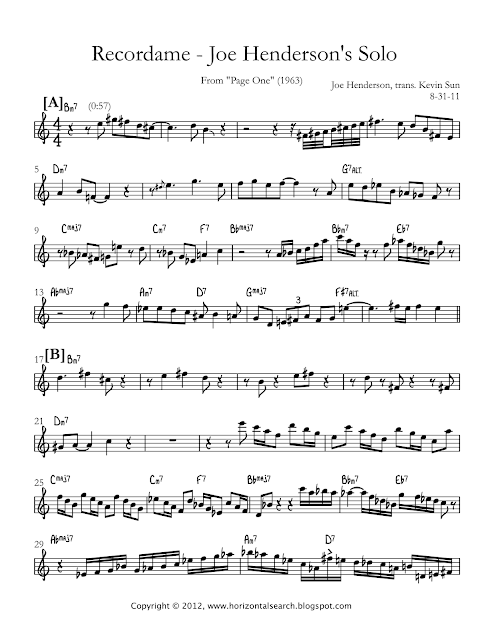Extracts from Jeffrey Eugenides's "Middlesex" + Summer Reading 2012 Update
About a year ago I decided I'd start taking "extracts" or selected passages from books I read—passages or even sentences that I'd like to go back to for whatever reason. I came up with this idea of gathering choice lines and paragraphs for a few reasons: I had run into "taking extracts" as a means of self-education in a few 19th c. novels (Jane Austen, probably); a friend of mine had hipped me to the concept of keeping a "graveyard"—a word document with all the cuts and deletions from written submissions, in case I'd ever want to zombify something that didn't work in a past life but might in a new piece; and I thought keeping a garden of ideas on my desktop would be the textual equivalent of keeping a music noteboo k with all my ideas and acquired vocabulary. So, ever since winter break, I've had this document on my desktop called "The Garden," where I plant seeds and hope that something comes of it. The last book I've










